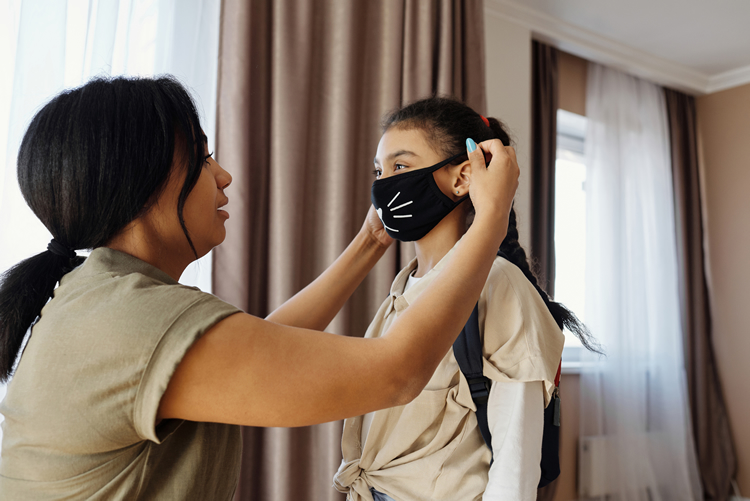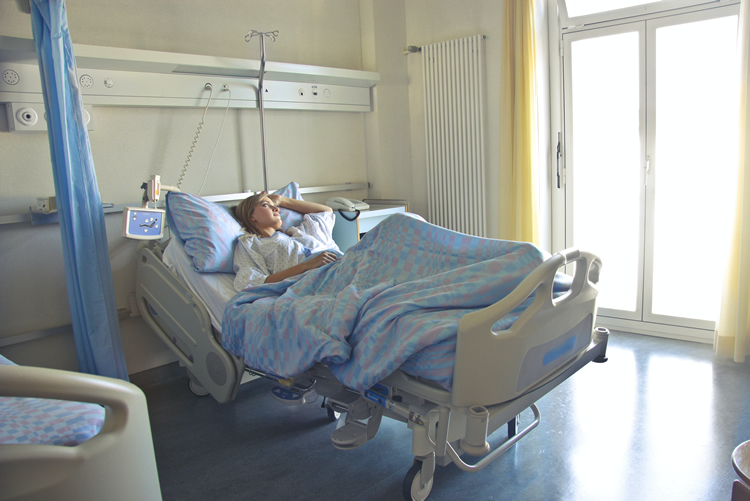WNBA superstar, Delle Donne, takes 64 pills per day to manage chronic Lyme disease. The league’s panel of doctors denied her medical exemption request due to COVID-19.
When asked if she thought her superstar player status swayed the doctors’ decision to keep her active, Delle Donne said that she hopes that this is a case of having “Lyme illiterate doctors” on the panel. Lyme disease is still greatly misunderstood by many in the medical community. Some doctors still claim that there is no such thing as chronic Lyme disease, attributing its symptoms to other diagnoses, including mental illness. In an open letter, Delle Donne says, “Taking 64 pills a day is the only way to keep my condition under any sort of control. It’s the only way to keep myself healthy enough to play the game that I love — healthy enough to do my job and earn the paycheck that supports my family.” This medical opt-out denial could mean that Donne either must play and risk her health during COVID-19 or sit out games without pay.
How could this affect others with chronic Lyme disease?
Doctors have only recently made the comorbidity correlation between chronic Lyme and COVID-19. Delle Donne’s medical exemption denial is proof that not all doctors are onboard with the comorbidity stance. It also could reflect a greater issue that could ripple down to other professions. Consider teachers and school staff, who might soon be expected to return to school. If chronic Lyme disease is not recognized as a co-morbid COVID-19 condition, we could see educators, administrators, school nurses, and bus drivers be denied medical exemptions. Would anyone like to face a decision of giving up their livelihood to potentially save their life?

Prevention is key for COVID-19 and Lyme disease.
The CDC has guidelines to help prevent contracting COVID-19 and Lyme disease. Of course, we have all become very familiar with coronavirus prevention methods. The three W’s: WEAR your mask, WASH your hands, WATCH your distance. As for the prevention of Lyme, there are essential practices, which can help keep you safe. When you are enjoying the outdoors, wear long sleeves and pants to protect your skin. Consider protecting yourself and your family with tick repellent spray and clothing. When you return from outdoors, check yourself, your children, and your pets for ticks.

At-home Central Mass tick protection.

Protecting your home and family from the threat of Lyme disease and other tick-borne illnesses means treating your yard with barrier tick protection. Reputable tick control companies will treat all the areas around your home with an EPA-registered solution that will eliminate up to 95% of ticks in your yard. These solutions will knock down ticks on contact and continue working with a time-released formula for a couple of weeks at a time. Regular sprays throughout spring, summer, and fall will keep your family safe. Tick tubes in the fall and winter will do even more to control the tick population around your home by thwarting the tick life cycle. Since we do not have a Lyme disease vaccine, prevention is our best hope.



 Even before the coronavirus health crisis arrived, informed Central Mass residents understood the threat of Lyme disease. With exploding tick populations, we see higher infection rates each year. During the health crisis, we must be vigilant in our efforts to prevent our infection and the infection of others while in public places. At home, we must be vigilant about effective
Even before the coronavirus health crisis arrived, informed Central Mass residents understood the threat of Lyme disease. With exploding tick populations, we see higher infection rates each year. During the health crisis, we must be vigilant in our efforts to prevent our infection and the infection of others while in public places. At home, we must be vigilant about effective